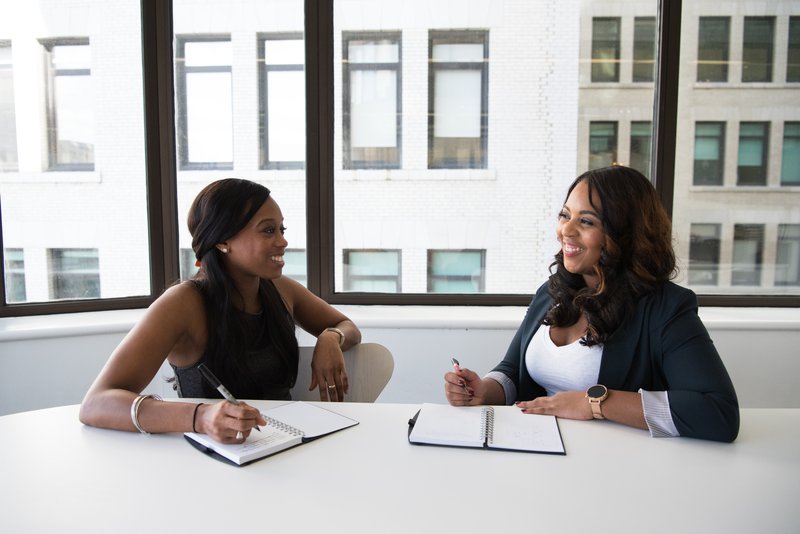Three Tips for Working with Creatives

This blog post comes to us from Christie Lee at Nourishing Food Marketing. As a former food founder and classically trained brand marketer, she breaks down how to best work with Creatives with actionable advice and frameworks.
As a CPG brand, you probably work with outsourced Creatives regularly. You might work with a copywriter for your newsletter emails, a photographer for your social media, and a graphic designer to design your packaging. I’m going to share my top Three Tips for working with Creatives from my experience as a food founder running a scrappy brand, Tiny Hero, and managing a multi-million dollar marketing budget at Kingsford Charcoal. You’ve probably heard horror stories of this photographer delivering off-brand assets or wasting money on a graphic designer who just didn’t get it. These tips will help you avoid these situations.
Working well with Creatives is key to your business success:
- On-time and on-budget projects - prevent rework!
- Creative that you love and communicates your brand equity consistently
- Smooth communication that minimizes your time spent managing the project
I’m sharing my lessons learned so that your Creative Projects are always successful. I’m also sharing this for all of my Creative friends, in hopes that they will now have smoother projects!
1. Develop Tools to Onboard Creatives to Your Brand.
The Creatives that you’re working with are working with lots of different clients and are constantly context switching between different projects and brands.
- Send one document with everything they need to know about your brand: who your brand is, what your products are, what your brand look and feel is, and previous examples of your assets. If you don’t have this already, check out my Brand Primer Template.
- Send one Google Drive or DropBox folder with any assets they’ll need
- Send an on-boarding package with product samples!
2. Develop a Creative Brief.
Set your Creative Partners up for success by communicating everything they need on Day One of the project.
- Create a Creative Brief that summarizes what you want the Creative to work on. This should include your Project Objectives, Goals, Specs, and Creative Mandatories. If you created a RFP for the project, you can pull some of this information from there. The Creative Brief is an important tool that helps you get on the same page as your Creative Partner and serves as a reference resource throughout the project. Note that this doesn’t mean that you need to have an answer to every question, but you must put pen to paper to write down what you need and identify the questions you need help exploring.
- If there’s necessary information for the Creative Project in multiple places, pull the pieces together yourself and put it in the Creative Brief. You are the best person to do this because you know your information and documents better than anyone else. This ensures that your designer doesn’t waste time and energy decoding your documents to get the information that they need or, even worse, using the wrong information for the project.
- Be clear about timelines. Lay out a project timeline with at least two rounds, align with your Creative Partner on it, and know that sometimes Creatives don’t have linear work schedules so the timeline may shift. Check in with your Creative Partner as the project progresses to confirm timelines.
- Your Creative Partner can then take the Creative Brief and give a quote for the project. Now, you both have clear expectations on what the project will cost you and what you’ll get in return.

3. Give Constructive Feedback.
Give high-level feedback first, ideally live. I like to use the framework, Stand Out | Engage | Communicate. Does the Creative Stand Out and catch your attention? Think the Super Bowl commercial that you look up from the chips to watch. Then, does it Engage you on an emotional level? Do you feel something? Do you like it? Lastly, does the Creative communicate the objective of the project? Your Creative absolutely must Communicate, whether it’s the top product benefit for product packaging or that the product is available at Retailer Z for banner ads. After you communicate the high level of what you’re overall liking and not liking, then you can dive into specific feedback.
- If something isn’t sitting right with you, SAY SOMETHING right away. Don’t dismiss it as something that isn’t important. It’s a drag to fix these details later on for both parties and easy to do now.
- Depending on the experience level of your Creative, you’ll need to give different levels of feedback. A junior Creative will need more guidance than a senior Creative. I don’t like to give specific directions to Creatives because that limits their creativity. Let them know what isn’t working for you and what you’d like to see, but don’t tell them to move your logo by 10 pixels.
- As you get further in the project, you can give more detailed feedback. In the Final Round of work, it’s OK to give directives (move the logo by 10 pixels) if you know what you want.
Scrappy, small CPGs rely on a lot of outsourced help to run their companies, from Creatives to Brokers to Strategic Consultants. By developing an onboarding Brand Primer, establishing clear expectations with a written Creative Brief, and providing constructive feedback, you’re on your way to having successful Creative Projects!
About Christie
Christie is the founder of Nourishing Food Marketing, a brand marketing consultancy for food and beverage brands. She blends the thinking of Big Food, from working at Clorox on Americana brands like Hidden Valley Ranch, with the resource-constrained realities of small brands, as a former food founder herself (Tiny Hero). Nourishing Food Marketing offers strategic services and tools specifically designed for new and emerging CPG brands.


